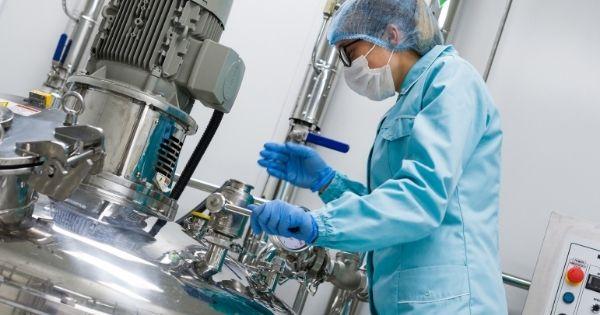
The production of modern-day pharmaceuticals is a complex and lengthy process. Quality control is a main aspect of this process to ensure no impurities or toxic materials can harm a consumer. The presence of these undesired chemicals highly impacts the safety and performance of the product’s functional properties.
Ergo, impurity levels are critical quality attributes that lie within a drug substance or product. Impurities may develop either during API formulation or during chemical synthesis. Let’s examine closer the sources of impurities in pharmaceutical substances. Here are the three classifications of impurities that can be found after assorted manufacturing phases.
Organic Impurities: Various By-Products
Of all the sources of impurities in pharmaceutical substances, organic impurities are customarily the most prevalent. Organic impurities stem from a number of sources, including raw starting materials, process-related by-products, degradation-related products, and synthetic intermediates, such as isotopic-labeled compounds.
A distinct differentiation between synthesis-based or process-related impurities is not always a possibility. Drugs prepared by multi-step synthesis can result in an array of related impurities from diverse reaction conditions, material interaction, or isolation methods. Degradation-related impurities tend to arise from active pharmaceutical ingredient interaction with excipients, residue, or storage containers.
Inorganic Impurities: Easily-Identifiable Forms
Unlike organic impurities, inorganic impurities are easy to recognize and differentiate from one another. This knowledge of their toxicity is vital, as such impurities may have harmful effects if not removed. The number of inorganic impurities is smaller in scope due to their identifiable sources.
Examples include reagents, reaction modifiers, ligands, heavy metals, residual metals, inorganic salts, color-removing agents, and other process materials such as filter aids. Any of these forms should be quality controlled and kept to a minimum during the manufacturing process.
Residual Solvents: Classified Parameters
Residual solvents are produced impurities that either result from side reactions or are left over from their use in the API formulation process. The toxicity of these solvents within pharmaceuticals sets pivotal parameters for drug manufacturing. These types of impurities include a selection of volatile organic chemicals. Not all solvents can be completely removed from the final product.
Preventing the different sources of impurities lies deeply in material and process control during manufacturing. Moravek is a GMP-certified manufacturer of custom radiolabeled active pharmaceutical ingredients. Our APIs all meet the regulatory requirements of agencies such as the FDA and EMA. Contact us to learn more about Moravek quality control and assurance for your clinical trials and pharmaceutical projects.
